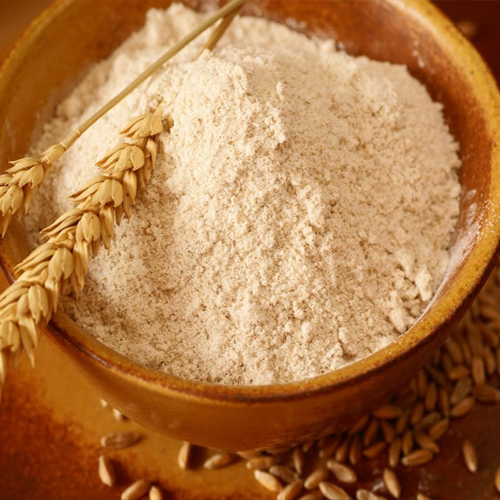
Wheat flour stands as one of the most fundamental ingredients in the culinary world, serving as the cornerstone of countless recipes across cultures and cuisines. Yet, the journey of wheat flour from grain to pantry staple is a fascinating tale of agricultural ingenuity, craftsmanship, and culinary tradition. Join us as we trace the captivating process behind the creation of this versatile and indispensable ingredient.
-
Cultivation: The journey of wheat flour begins in vast fields, where golden stalks of wheat sway in the breeze under the sun's warm embrace. Wheat, one of the oldest cultivated crops known to humanity, thrives in diverse climates and soil conditions, making it a staple crop in regions across the globe. Farmers carefully tend to their fields, nurturing the wheat plants through planting, growth, and eventual ripening.
-
Harvesting: As the wheat reaches maturity, signaling its readiness for harvest, farmers deploy a variety of techniques to gather the bountiful crop. Whether through mechanized combines or traditional methods such as sickle harvesting, the goal remains the same - to efficiently and effectively gather the grain while preserving its quality and integrity. Once harvested, the wheat undergoes processing to separate the edible kernels from the chaff and straw.
-
Milling: The harvested wheat kernels, known as wheat berries, are transported to flour mills, where they undergo a series of milling processes to transform them into flour. Initially, the wheat berries are cleaned to remove any impurities and foreign matter. Next, they are ground into a coarse powder known as whole wheat flour. Depending on the desired end product, the whole wheat flour may undergo further milling and sifting to produce refined white flour or specialty flours such as semolina or durum flour.
-
Sifting and Packaging: During the milling process, the flour is sifted to remove any remaining bran and germ, resulting in a fine, powdery texture prized for its versatility and smooth consistency. Once sifted, the flour is carefully packaged and sealed to preserve its freshness and quality. From bulk sacks for commercial use to convenient bags for home bakers, wheat flour is packaged in a variety of formats to suit the needs of consumers around the world.
-
Culinary Applications: With its neutral flavor and versatile properties, wheat flour serves as the foundation for a vast array of culinary creations. From tender pastries to hearty breads, from delicate cakes to crispy fried treats, wheat flour's ability to provide structure, texture, and flavor makes it an indispensable ingredient in kitchens everywhere. Whether used as a thickening agent, a binding agent, or the star of the show, wheat flour invites creativity and experimentation in the culinary arts.
Conclusion: In the tapestry of culinary traditions, wheat flour occupies a central place, weaving together the diverse flavors and textures of cuisines around the world. From the sun-drenched fields of the countryside to the bustling kitchens of urban centers, the journey of wheat flour from grain to pantry is a testament to the enduring legacy of agriculture, craftsmanship, and culinary artistry. As we knead, roll, and bake with this timeless ingredient, let us honor the hands and the land that bring it to our tables, enriching our lives with nourishment, tradition, and flavor.






